cleaning antique brass with vinegar & salt... bad idea ??
remodel-mama
13 years ago
Featured Answer
Comments (11)
sombreuil_mongrel
13 years agodilettante_gw
13 years agoRelated Professionals
Baltimore Kitchen & Bathroom Designers · Hammond Kitchen & Bathroom Designers · Highland Park Kitchen & Bathroom Designers · East Tulare County Kitchen & Bathroom Remodelers · Chicago Ridge Kitchen & Bathroom Remodelers · Durham Kitchen & Bathroom Remodelers · Eureka Kitchen & Bathroom Remodelers · Fremont Kitchen & Bathroom Remodelers · North Arlington Kitchen & Bathroom Remodelers · Red Bank Kitchen & Bathroom Remodelers · Spokane Kitchen & Bathroom Remodelers · Prairie Village Kitchen & Bathroom Remodelers · Saint Paul Architects & Building Designers · Washington Architects & Building Designers · Ronkonkoma Architects & Building Designersdickross
13 years agobettym_gonzalez_yahoo_co_uk
13 years agobrickeyee
12 years agoBrandi
6 years agoUser
6 years agorwiegand
6 years agoBrandi
6 years agorwiegand
6 years ago
Related Stories
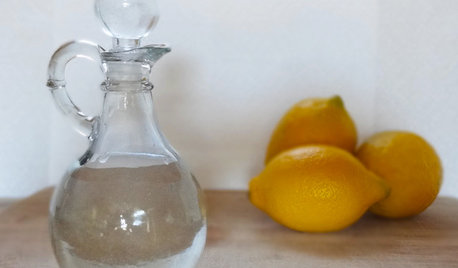
HOUSEKEEPINGVinegar and Voilà: Clean Your House the Natural Way
Ditch the commercial cleaners for nontoxic, inexpensive and versatile white vinegar
Full Story
COLLECTIONSFlea Market Find: Brass Creatures Warm Up the Room
Work some classic bling into your home with these 10 ideas
Full Story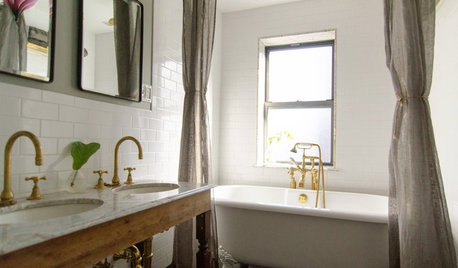
REMODELING GUIDESRoom of the Day: Brass Warms a Brownstone Bathroom
Forget trends. This owner chose unlacquered brass and repurposed pieces for love alone
Full Story
MATERIALSBrace for Brass: How This Warm Metal Can Boost Your Bathroom
See what to mix with this trendy alloy, how to keep it from showing water spots and more
Full Story
DECORATING GUIDESRoom of the Day: Elegant and Eclectic Salt Lake City High-Rise
Hand-blocked wallpaper sets a beautiful organic tone in this young professional’s apartment
Full Story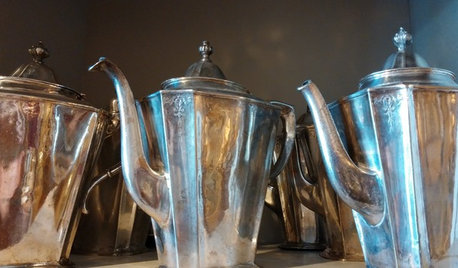
TRADITIONAL STYLEDecorating With Antiques: Silver’s Legacy
Learn how to tell sterling from plate, ways to display pieces and why silver is so darn special to begin with
Full Story
MOST POPULAR33 Magic Household Cleaning Tips
Houzzers from around the world share their tips for transforming housework into child’s play
Full Story
THE HARDWORKING HOMEMudrooms That Really Clean Up
The Hardworking Home: Houzz readers get down and dirty with their ideas for one of the home’s hardest-working rooms
Full Story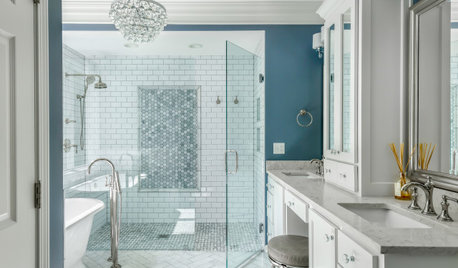
HOUSEKEEPINGHow to Clean a Glass Shower Door
See which tools and methods will keep those glass shower walls and doors sparkling clean
Full Story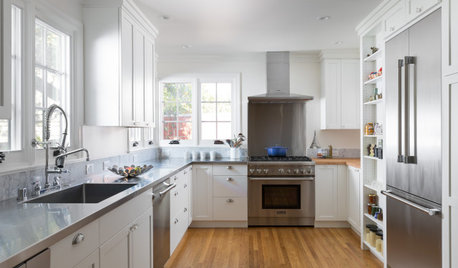
HOUSEKEEPINGHow to Clean Stainless Steel
Protect this popular kitchen material with a consistent but gentle cleaning routine
Full StoryMore Discussions






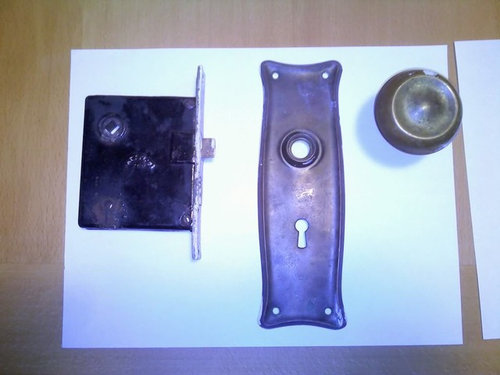
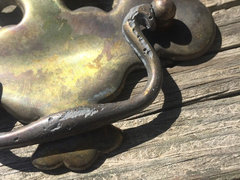
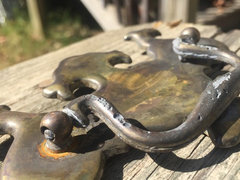




lindac